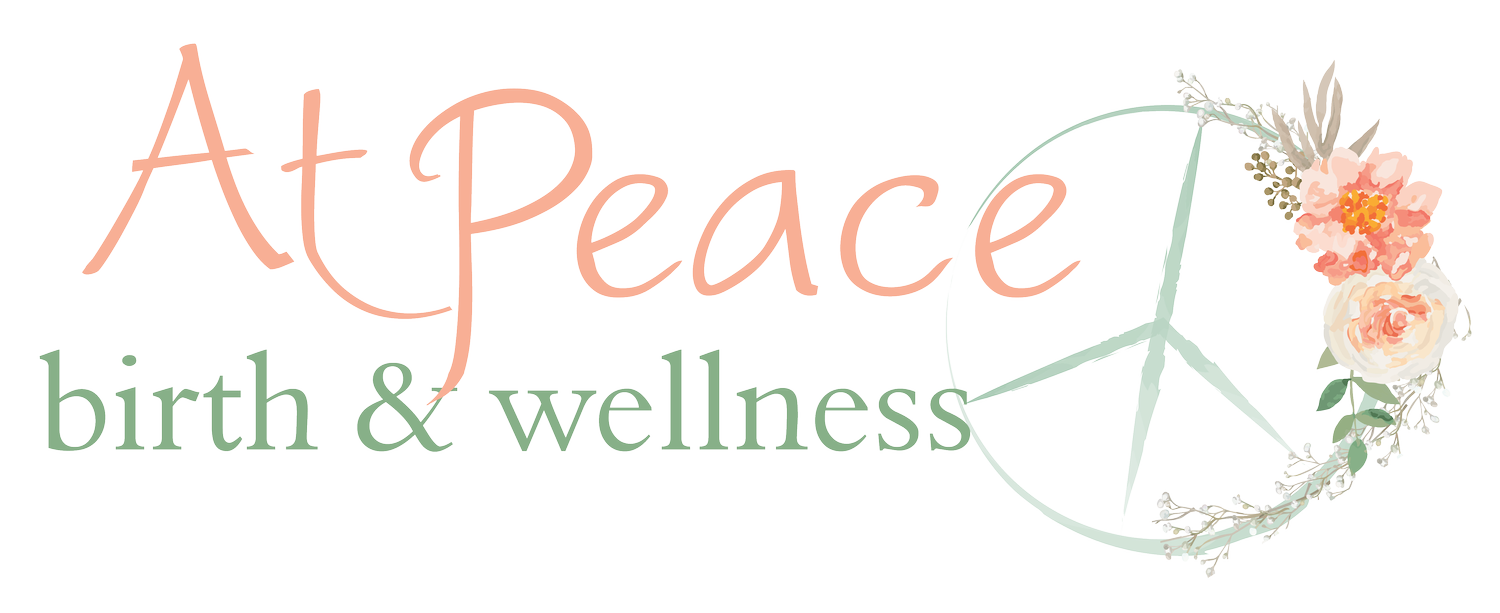Navigating the Doula World: Decoding Common Terms
A doula is a beacon of knowledge and comfort for expecting parents. If you're a first-time parent working with a doula, you may hear a lot of new terms floating around. Let's look at some common terms used by doulas, unraveling the mystery one word at a time:
Doula: Let's start with the basics. A doula is a trained professional who provides physical, emotional, and informational support to birthing individuals and their partners before, during, and after childbirth.
Birth Plan: This document outlines preferences and desires for labor and delivery, covering everything from pain management options to who will be present during birth.
Birth Ball: Also known as a stability ball or exercise ball, this large inflatable ball can provide comfort and support during pregnancy and labor. I'll recommend various positions using a birth ball to ease discomfort and facilitate labor progress.
Lactation Consultant: Lactation consultants specialize in breastfeeding support.
VBAC: This acronym stands for Vaginal Birth After Cesarean. I support women attempting a VBAC by providing information, encouragement, and assistance in navigating the unique challenges associated with this type of birth.
Transition: The final stage of labor before pushing, characterized by intense contractions and often accompanied by feelings of doubt or exhaustion. I'll work with you to provide reassurance and guidance during this challenging phase.
Perineal Massage: A technique involving the gentle massage of the perineum (the area between the vagina and anus). I'll teach you the proper method to increase flexibility and reduce the risk of tearing during childbirth.
Rebozo: A traditional Mexican shawl used for various purposes during labor, such as providing support, facilitating movement, and offering comfort. I incorporate the use of a rebozo into my support techniques.
Delayed Cord Clamping: The practice of waiting to clamp and cut the umbilical cord until after it has stopped pulsating, allowing more blood to transfer from the placenta to the newborn. I’ll advocate for delayed cord clamping as part of evidence-based care.
Navigating the world of childbirth with a doula by your side can be empowering and reassuring. Understanding these terms can help expecting parents feel more confident and informed as they prepare for the amazing journey to parenthood.
